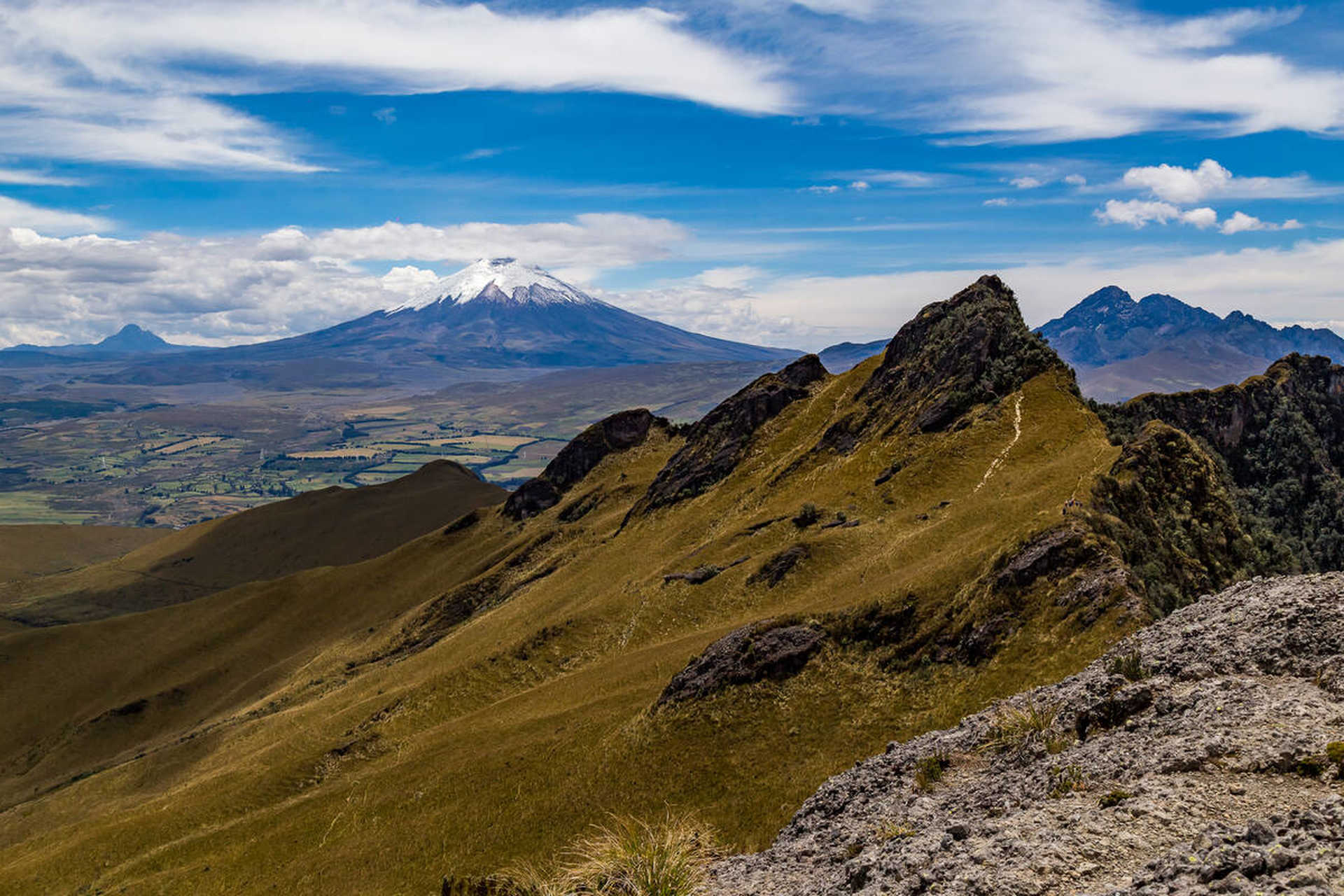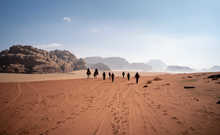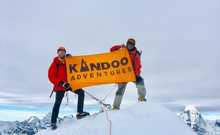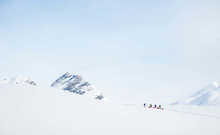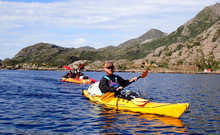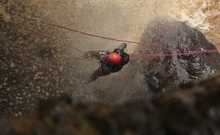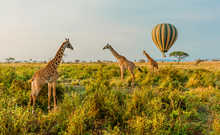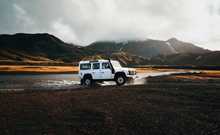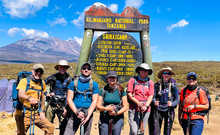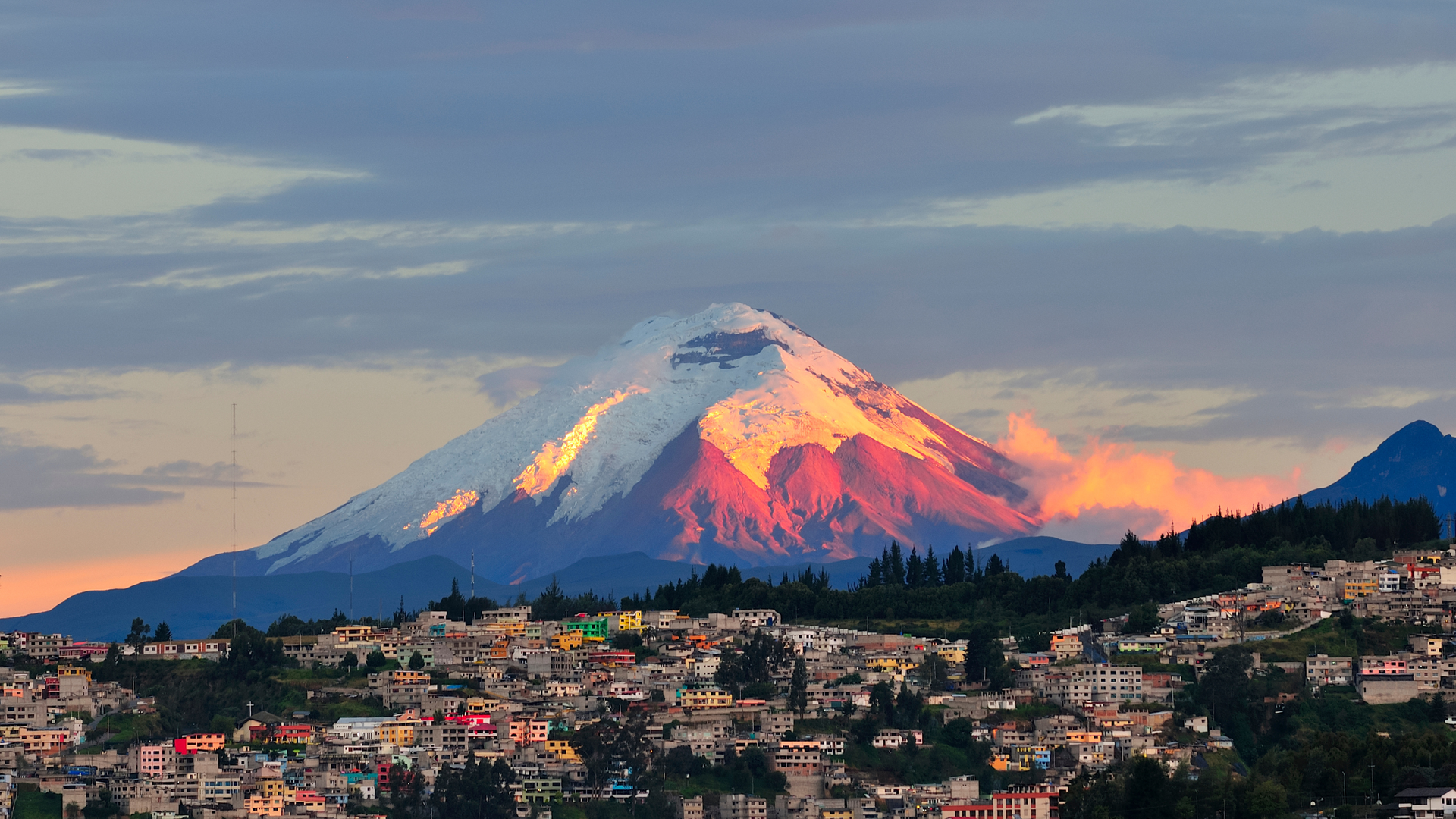
Ecuador Travel Guide
Practical information
- Language(s)
- Spanish
- Currency
- US Dollar
- Time zone
- GMT -6
Time Zone
Languages
Spanish
Useful Phrases
- Hola – Hello
- Buenos días – Good morning
- Buenas tardes – Good afternoon
- Buenas noches – Good evening
- Adiós – Goodbye
- Hasta luego – See you later
- Hasta mañana – See you tomorrow
- Buenas noches – Good night
- Qué tal? – How are you?
- Estoy estupendo – I am great.
- Estoy mal – I feel unwell.
- Estoy un poco cansado – I am a little tired.
- Estoy exhausto – I am exhausted.
- Estoy enfermo – I am sick.
- Cuál es su nombre? – What is your name?
- Mi nombre es… – My name is…
Local currency & change
US Dollar
Electricity
Ecuadorian Weather
- Wet Season (October to May): This season brings occasional afternoon showers, with the heaviest rains typically falling between March and May. Daytime temperatures are pleasant, but it can be chilly in the evenings and early mornings.
- Dry Season (June to September): During the dry season, the weather is generally clearer with less rain, but the temperatures can still drop at night. The days are usually mild, with temperatures ranging from 15°C to 22°C.
Safety and Security
Your safety and well-being is always the number one priority at Kandoo Adventures.
We operate all our travel destinations in accordance with the UK Foreign, Commonwealth & Development Office (FCDO) advice, which publishes travel advisory notices for British nationals. We also closely follow the advice of ABTA (The Association of British Travel Agents) which provides support to UK tour operators.
In addition to this, our extensive, directly-managed operations in each of our destinations, provide us with detailed knowledge and up-to-date information, which enables us to make informed decisions and operate our trips safely.
We always recommend that you regularly check the FCDO's travel advice, in order to keep up to date about the country you are planning to visit.
If you are not a UK resident, we would recommend that you visit your government's travel advisory website for further information:
Alternatively, you may wish to seek further information from the World Health Organisation.
Lost or delayed luggage
We recommend that you wear your walking boots to travel and pack as many essential items as possible in your carry-on luggage for your trekking tour around Ecuador. If your luggage is delayed we can then do our best to kit you out to start the trek on time. In the event that your luggage is delayed or lost, our procedure is as follows:
- Establish what items are missing and a contingency plan for each critical item
- If it reaches 6pm on the evening before starting the trek and your luggage has not arrived we recommend buying and/or hiring items immediately as a precaution
- We will take you to a shop where you can buy toiletry items, e.g. toothbrush. You will be able to find everything you need in Quito.
We will do everything we can to help if your luggage is lost or delayed. Be sure to check your insurance policy coverage for lost luggage cover.
